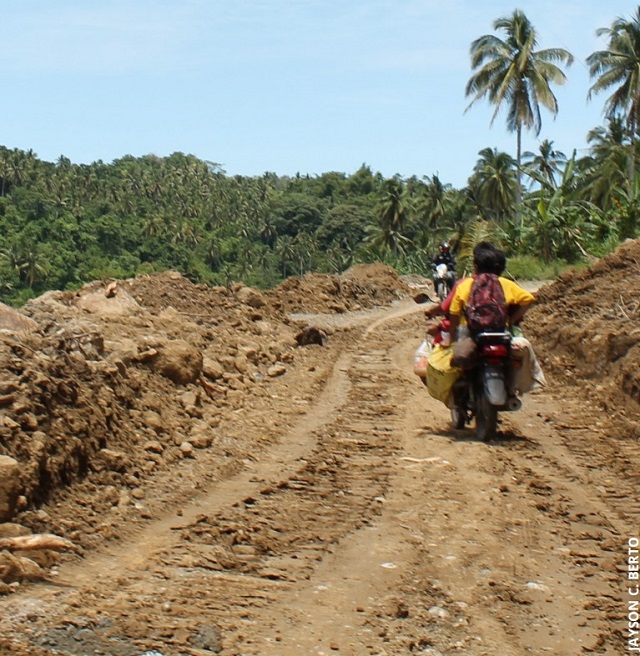
Rice production is very vital regardless of major disruptions like the COVID-19 pandemic, especially because rice is a necessity. That is why despite hurdles, those who are tasked to increase rice production through hybrid rice persevere.
Before the pandemic, Dr. Fidel Ramos, senior science research specialist at DA-PhilRice Isabela, related that their three-hectare parental seed production area in Kayapa, Nueva Vizcaya was already difficult to reach when there is typhoon or heavy rainfall as mountain slopes erode. They usually leave their vehicle and use bikes to cross the closed road just to monitor and visit their area.
“With the pandemic, it is even harder as we have to do antigen tests every week to conduct the season-long training on hybrid rice seed production in Cagayan, Isabela, Nueva Vizcaya, and Kalinga,” he compared.
They also had to provide technical expertise on hybrid rice in Davao del Sur, Davao Oriental, and Quezon. However, they could not teach remedial measures or primordial sampling to seed growers online as these activities have to be conducted face-to-face if they are to be effective.
Searching for potential hybrid rice seed production areas in Luzon was the most challenging experience. Most of the public hybrid rice seeds, which could address their unavailability and inaccessibility in Luzon and the Visayas, come from Mindanao.
“We identified Buenavista, Quezon for hybrid rice seed production trials so we needed to cross Manila, which was on lockdown during that time. We dealt with provincial safety protocols in order to establish and monitor the trials. We knew that Covid cases in the provinces that we passed by were very high, but it didn’t stop us from going to Buenavista. Good thing, it was worth the risk; the trials there were successful,” Ramos is gratified.
The accessibility of the highlands of Nueva Vizcaya due to landslides during rainy months proved challenging in the parental production of PRUP TG102 under male-sterile environments, admitted researcher Jerry Batcagan also of Isabela.
“To monitor the crops and undertake maintenance activities, our staff frequently encountered landslides through a 5-hour motorcycle riding-in-tandem,” he added.
To minimize the risk, they had three laborers assisting them in adverse climatic conditions and the prevailing pandemic. They also trained a farmer cooperator to monitor and record air and water temperatures, in case their staffers were unable to visit the production site.
Down in DA-PhilRice Midsayap, North Cotabato, chief science research specialist Ommal Abdulkadil described the COVID-19 pandemic as “the most difficult time in bringing rice production technologies, especially the inbred certified seeds under the Rice Competitiveness Enhancement Fund Seed Program, to farmers in Regions 9, 12, and Bangsamoro.”
Many challenges and side issues in these territories will continue to grow and become far less predictable as COVID-19 rears its ugly head. But despite this grim situation, the good news is that the pandemic has changed the work pattern, resolve, and commitment of our researchers and field staff – DA-PhilRice itself, as hybrid rice production and research continue with vigor and freshness.




